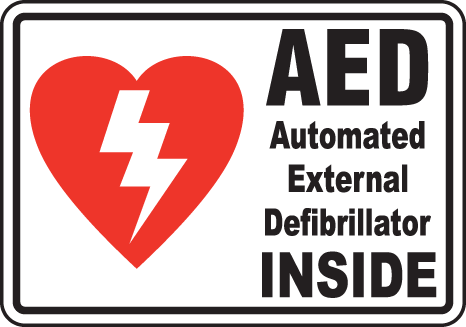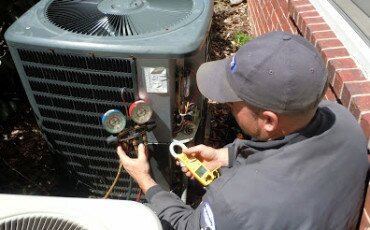Organizations That Should Have AEDs On Site
Automated External Defibrillator: it sounds like a mouthful. However, thanks to television (as far back as the 1970s series Emergency!), movies, and the Internet, almost everyone is familiar with what it does.

And what it does is save lives. According to the Occupational Safety & Health Administration, only 1 to 5% of people experiencing sudden cardiac arrest (SCA) outside a hospital survive. However, if an AED is nearby, that number jumps to 90%.
What’s more, the devices are so easy to use, children can successfully operate them. And since survival rates (without the brain damage which can result from interrupted blood flow to that vital organ) increase by every minute saved, it only makes sense to have an AED within easy reach in public places.
Hotels
These establishments, in the interests of attracting and pleasing guests, spend astronomical sums on flat-screen TVs, Internet connections, and other amenities. In light of this, the relatively modest cost of an AED — as little as $1200 — is a small price to pay for a saved life.
Even so, hotels have been reluctant to provide these devices, and they give fear of lawsuits is a major reason. However, with the passage of Good Samaritan laws, which protect people who provide medical assistance, in every state, this rationale is no longer valid.
There are many cases where AEDs in hotels have saved lives. Among them is the Sheraton San Diego Hotel and Marina, where the devices saved the lives of 6 out of 7 patients in five-year period. With the welcome increase in mandates requiring AEDs in the public areas of hotels, a stay or an event can be a happy occasion for everyone.
Airports
On average, more than 7 million people fly in and out of the world’s airports every day. A busy hub might see thousands of passengers come and go in 24 hours.
With this amount of traffic, it’s essential that emergency care be on hand. Airports like Chicago’s O’Hare, Phoenix’s Sky Harbor, and Boston’s Logan have AEDs at intervals of no more than a 90-second walk.
The devices are so user-friendly that they can instruct people where to put the electrodes and even tell when CPR compressions are not deep enough. Trained responders and passersby alike have successfully resuscitated SCA victims.
But AEDs should not be limited to airports. Mass transit stations are prime locations, and trains and buses can join their airborne counterparts in providing emergency care to SCA victims.
Workplaces
Providing AEDs where people work makes sense. Whether in busy corporate offices, remote locations like construction sites, or company fitness rooms and eating establishments, these devices save precious minutes.
As many individuals put off retirement, creating an increasingly elderly workforce, the need for resuscitation equipment is greater than ever. Since anyone can use them with a minimum of (or even without) training, and the cost is more than reasonable, there is every reason to place an AED within reach.
The AED is a small (no bigger than a laptop) piece of equipment that has a place in every location where people gather. The rewards of ensuring there is one nearby are priceless.
Jason Kane spent 2013 doing everything he could to improve his heart health. His goal in 2014 is to help other people do the same. He is a professional blogger who writes for AEDs Today.








